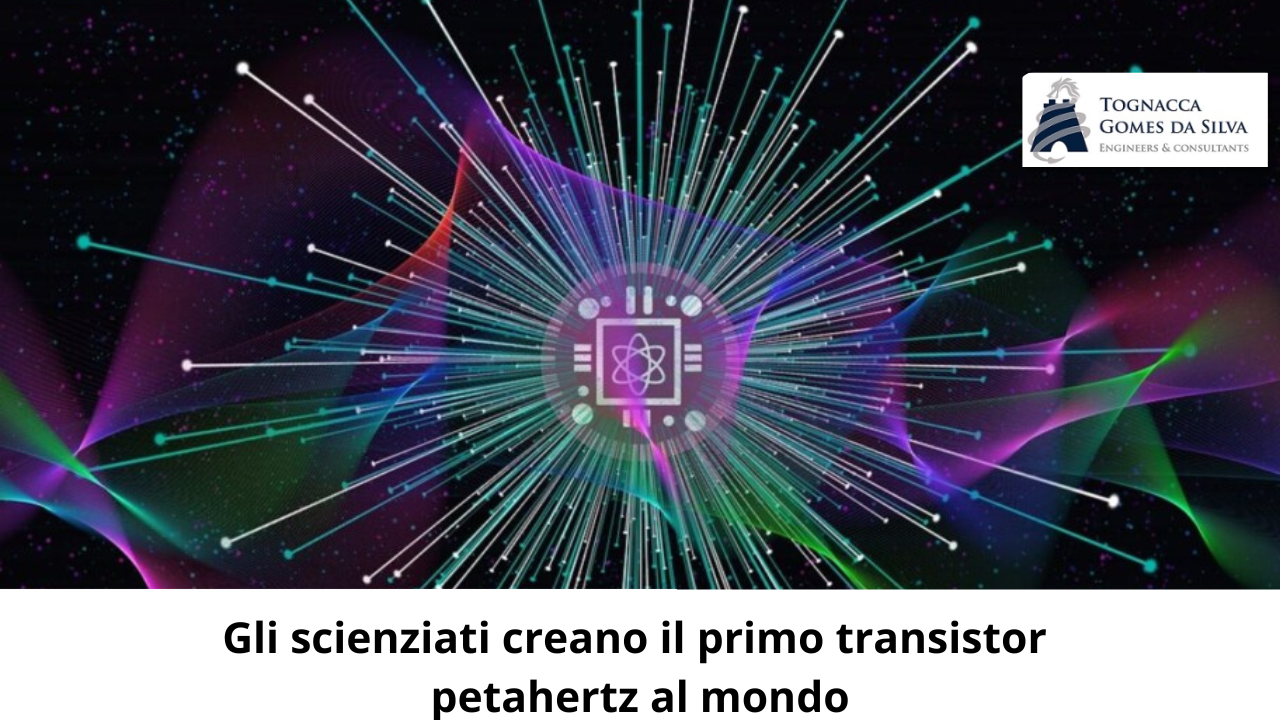Scientists at the University of Arizona report that they have created the world’s first quantum transistor that achieves processing speeds in the petahertz range. In other words, thousands of times faster than current components, which operate in the gigahertz range.
The advances were published in an article in Nature Communications, in a paper signed by several researchers. Among them is Professor Mohammed Hassan, who spoke about the project in a post by the University of Arizona itself.
“We have experienced a huge leap forward in the development of technologies such as software for artificial intelligence, but the speed of hardware development is not moving as fast,” the scientist said. “But by leveraging the discovery of quantum computers, we can create hardware that matches the current revolution in information technology software. Ultrafast computers will greatly aid breakthroughs in space research, chemistry, health and more.”
The first transistor with petahertz performance was achieved by using ultrafast light pulses (lasers) to control the movement of electrons in graphene. The team was testing modifications on different graphene samples when they discovered the “tunneling” effect and decided to explore it further.
Transistor achieves petahertz at ambient conditions
Normally, scientific advances in laboratories take a long time to result in practical uses of new technologies, but the first quantum transistor operating in the petahertz range may not be so far away from a finished product.
This is because the modification was made from a commercially available graphene transistor, only improved with a special layer of silicon. And most importantly, optimal environmental conditions were not necessary to ensure its operation. The petahertz operation was achieved in a normal, everyday situation, at room temperature.
( fontes: Adrenaline )



